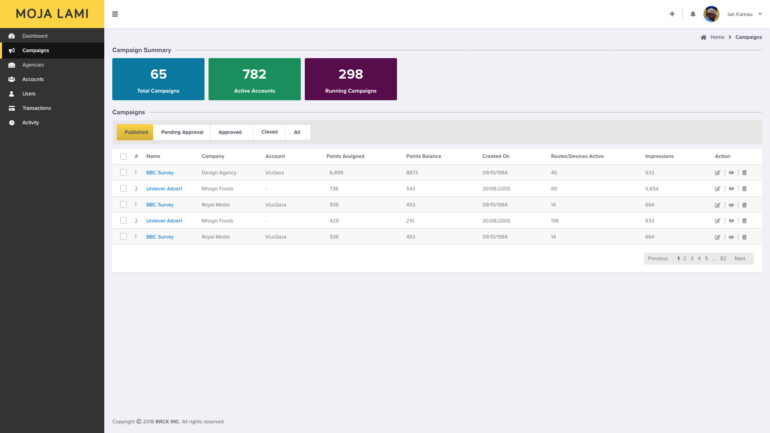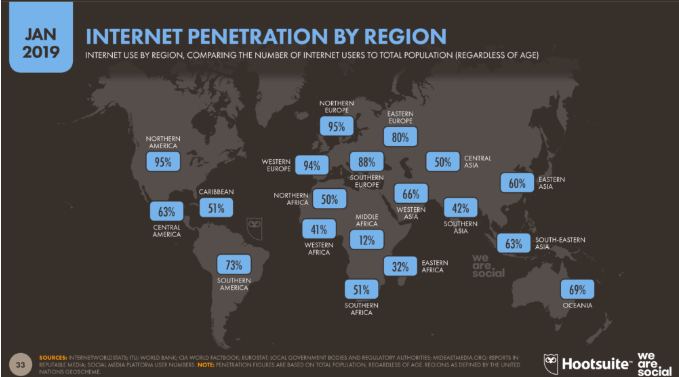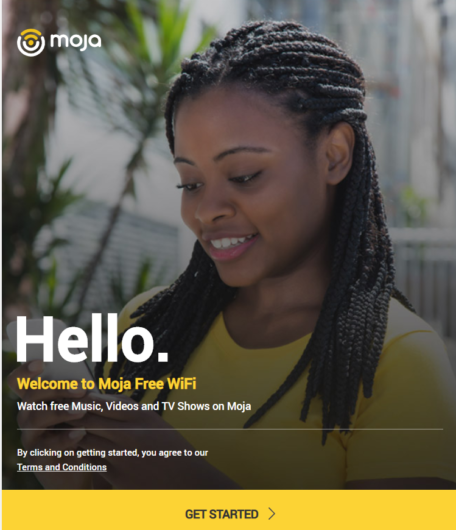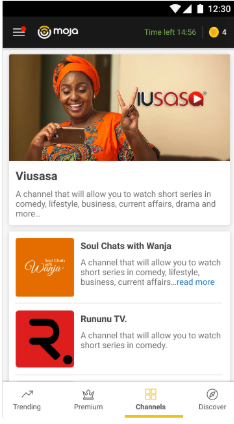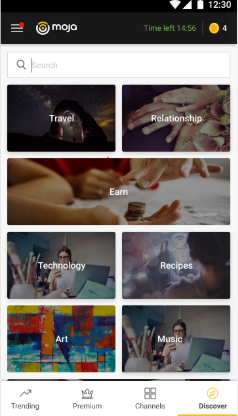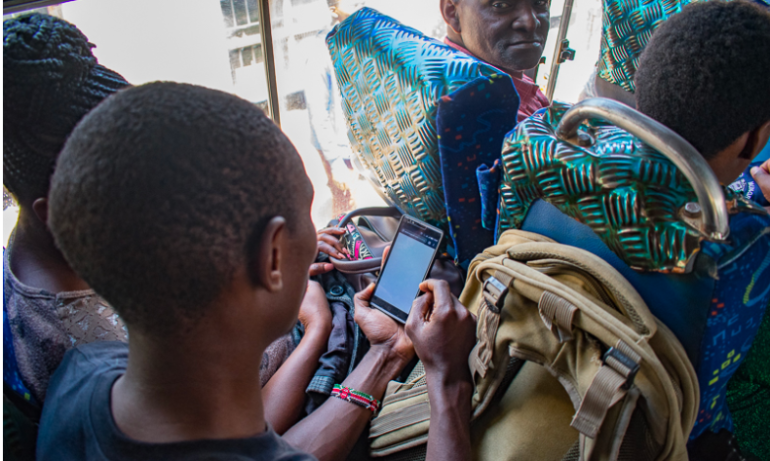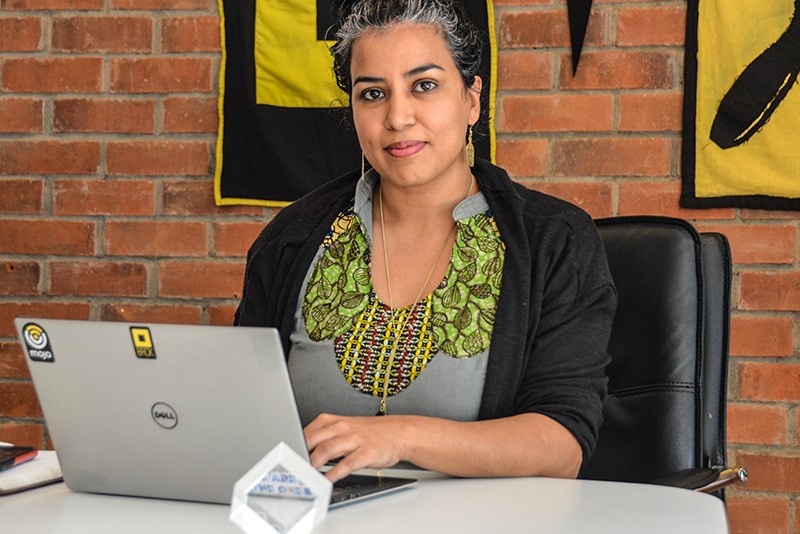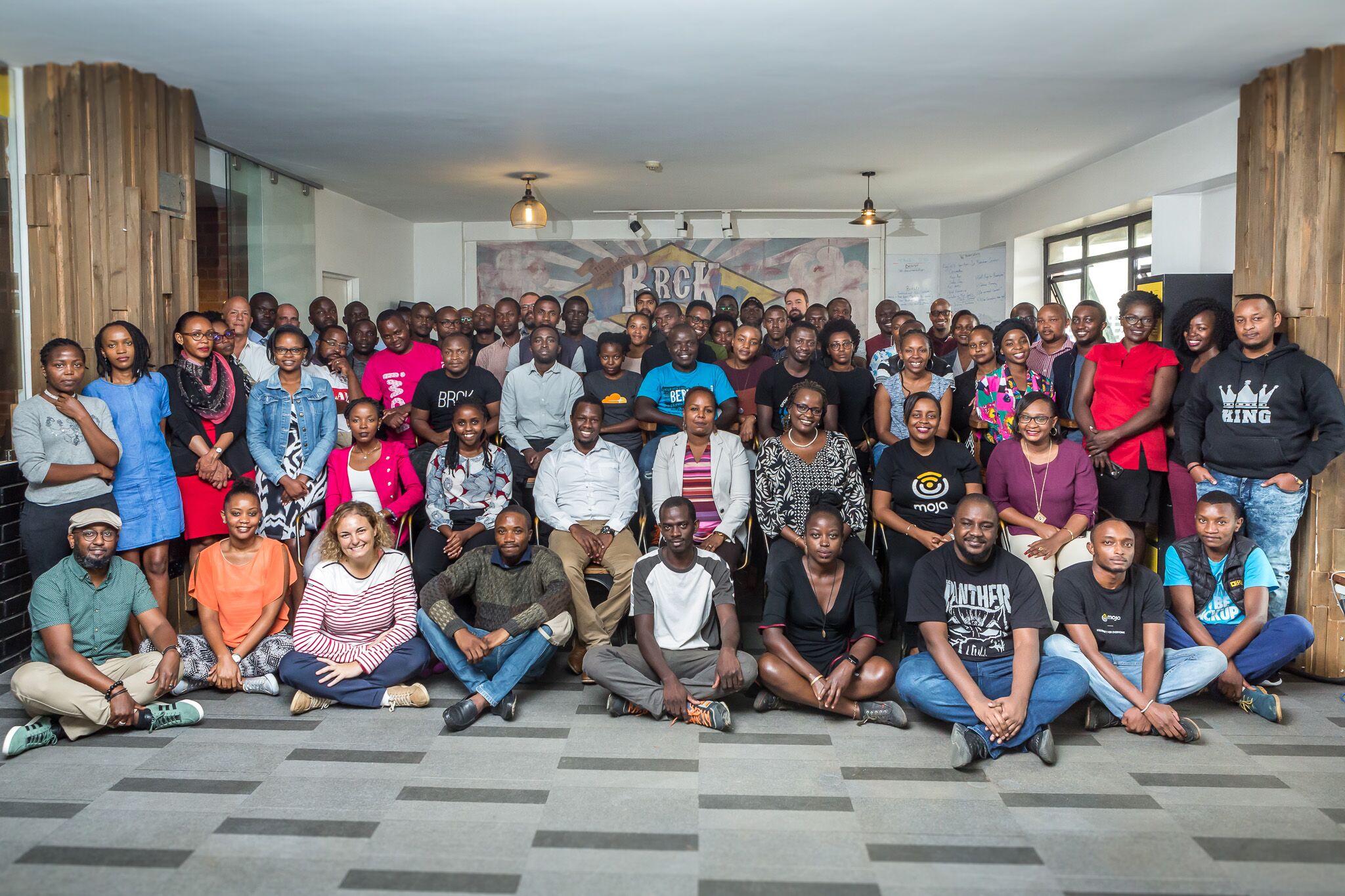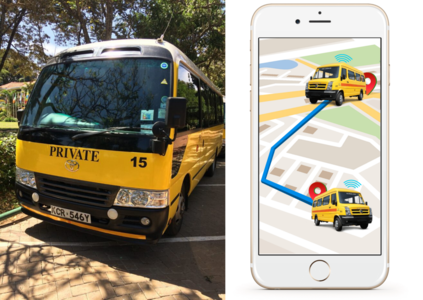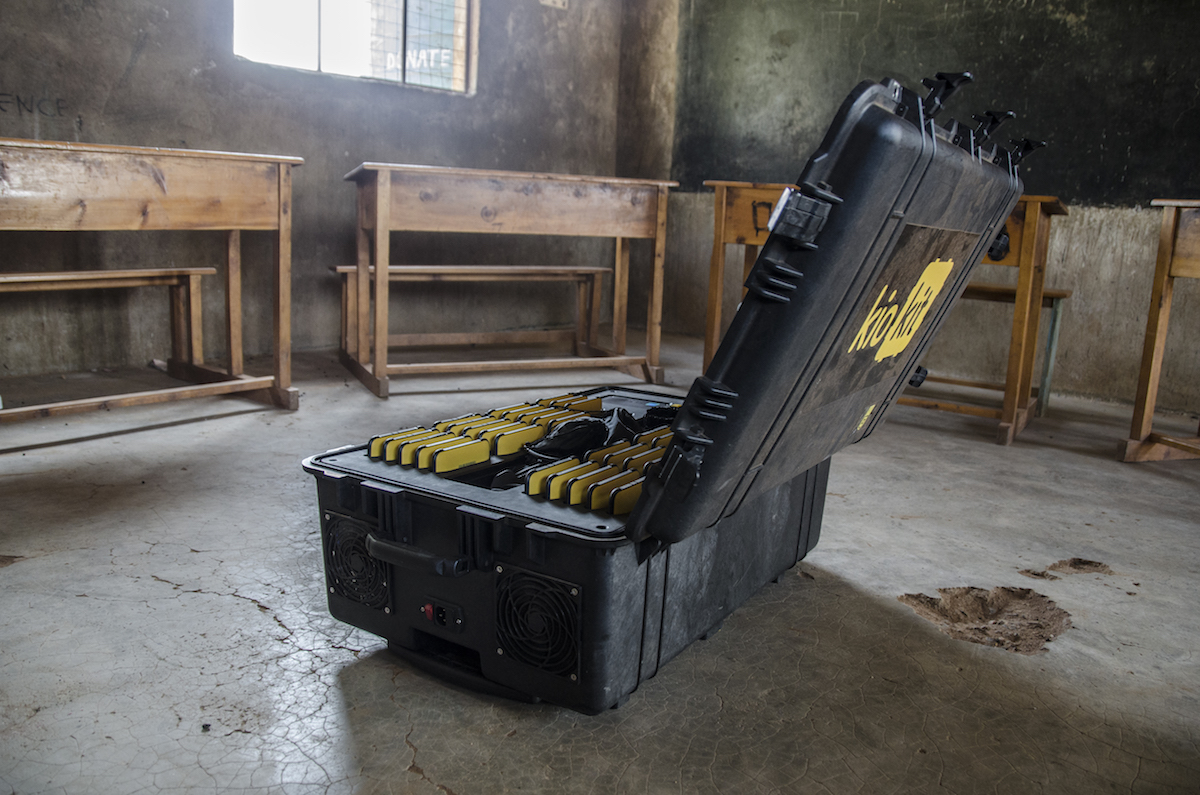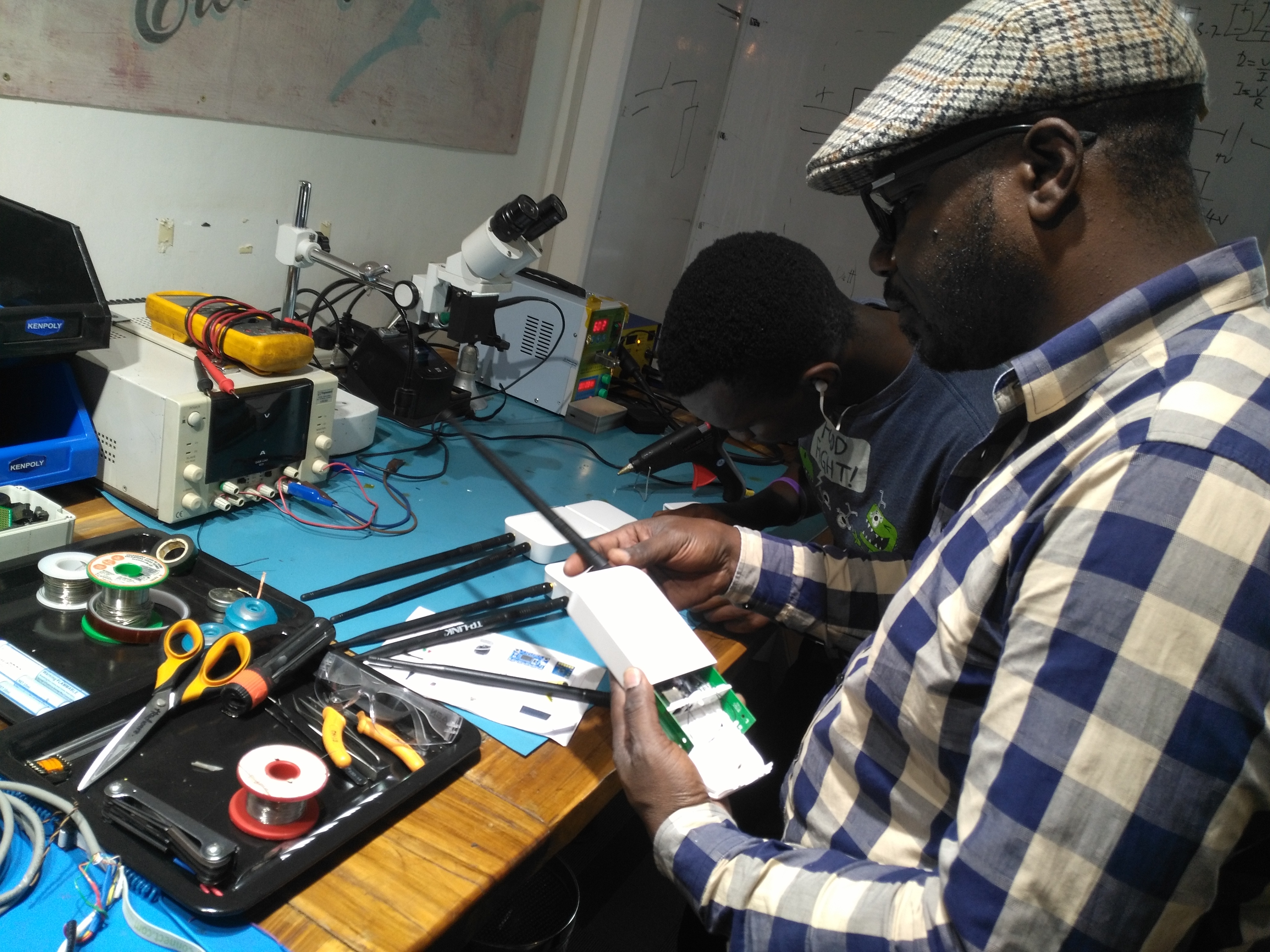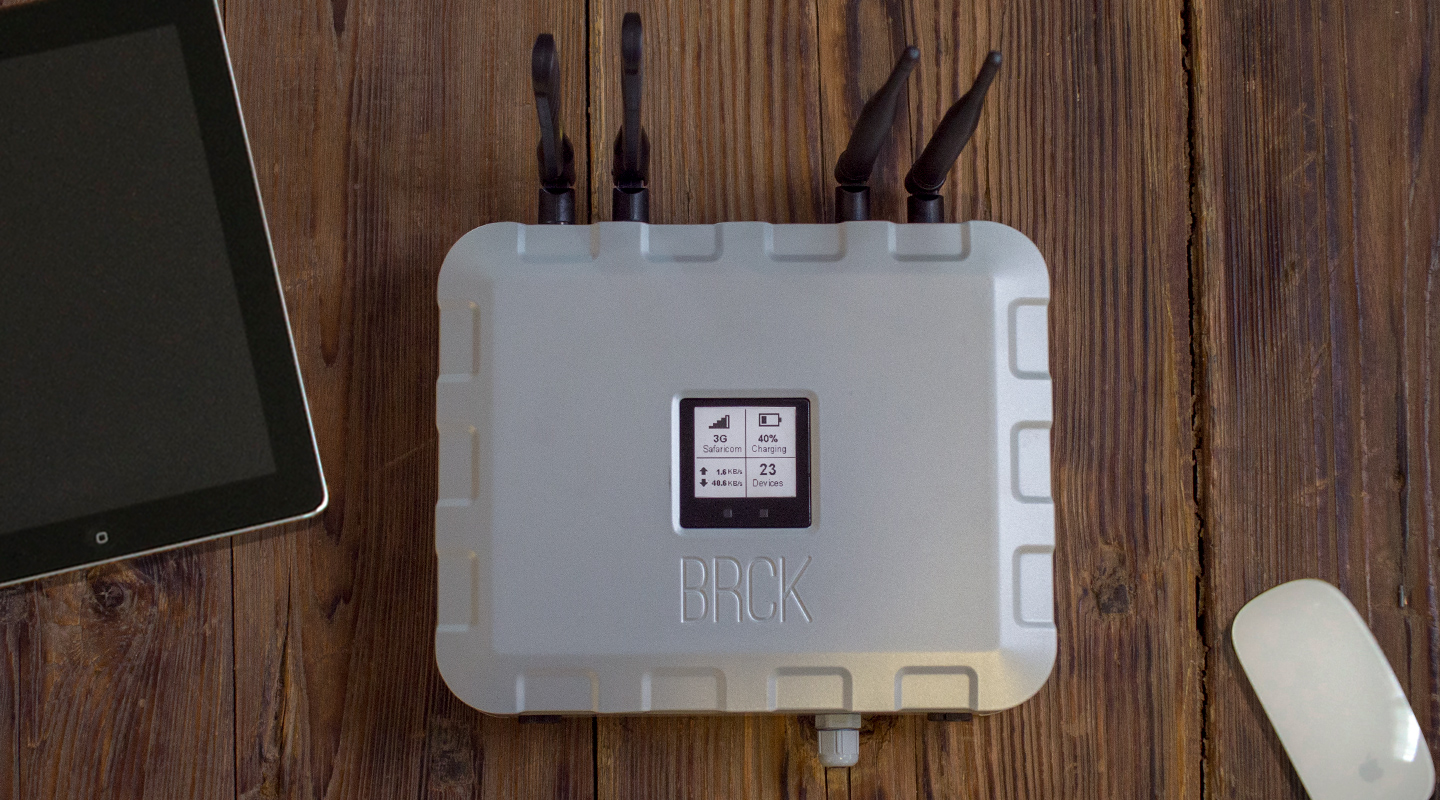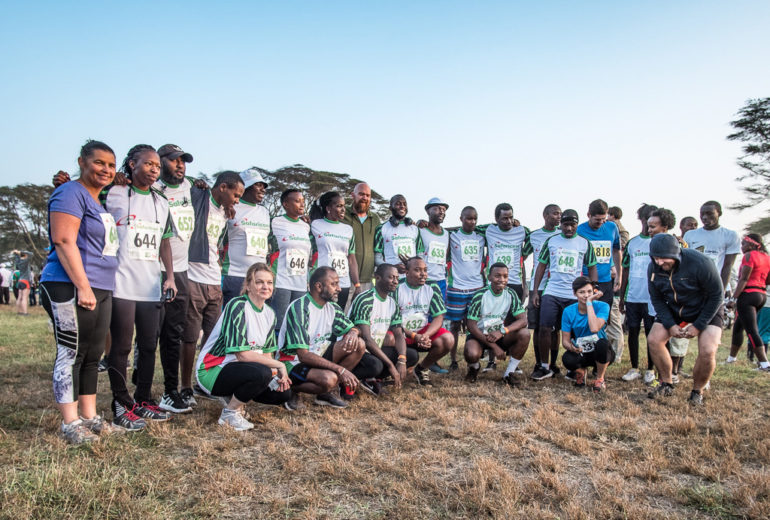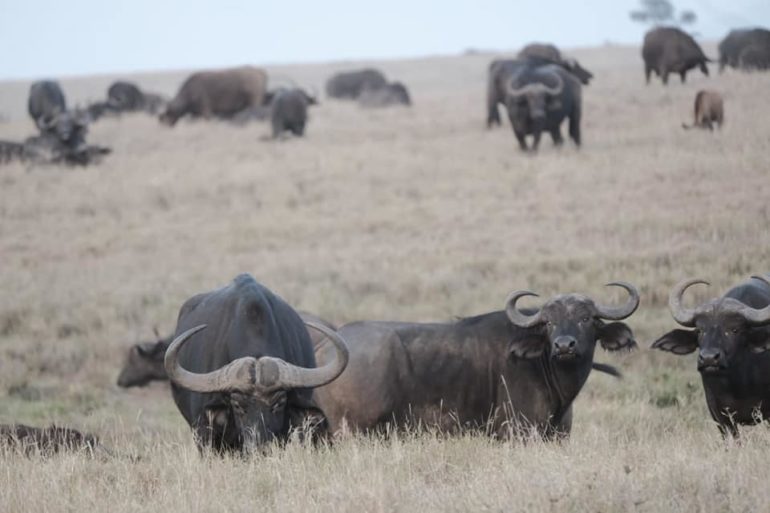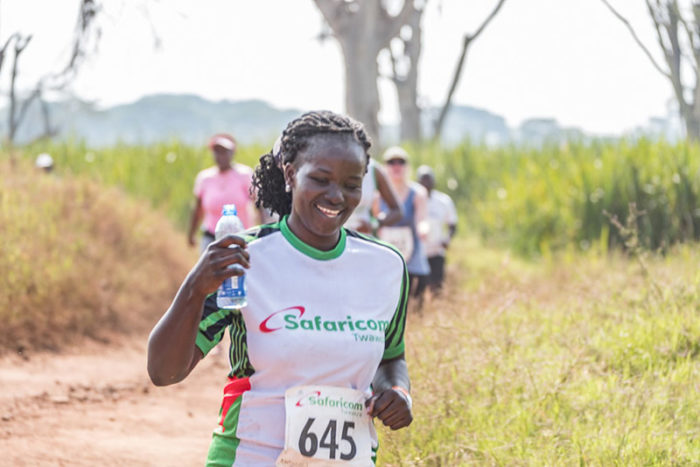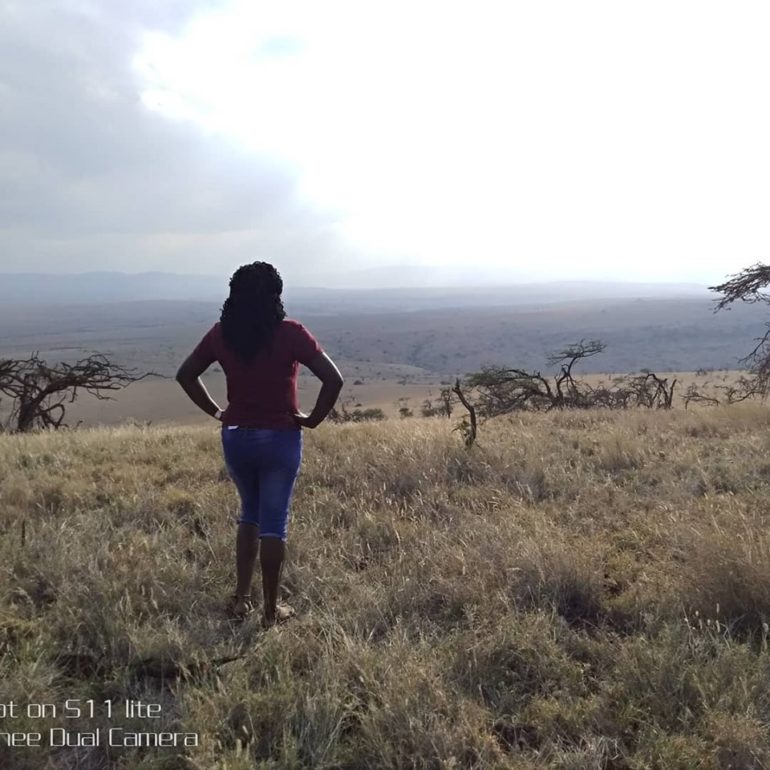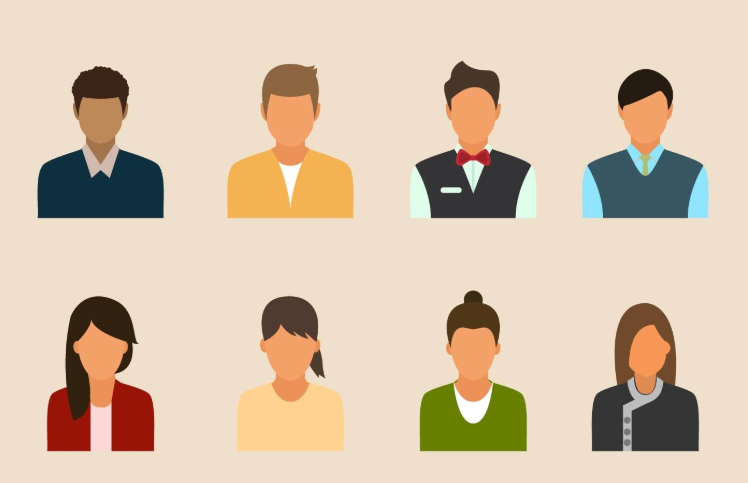Introducing Moja Lami
Improving Customer Experience with Marketing Analytics
Consider the plight of a marketing manager at a large or small corporation. They want to address a customer segment issue, track marketing analytics, or launch a campaign from the comfort of their office. The challenge they face is the need to analyze a significant amount of data and then contact a marketing agency to start the process of launching a campaign. After this drawn out process, the manager might not even answer their initial business questions. This is why we are introducing Moja Lami, a new inbuilt platform by Moja Business that lets that marketer answer all their business questions with marketing insights and analytics.

Why Moja Lami?
The more companies know about their customers in real time, the more likely they will be to make them happy. This is the idea behind Moja Lami, our new client interfacing tool. Fulfilling the vision of a customer-centric enterprise is what motivated Moja Business to start investing in a platform with detailed customer analytics.
With Moja Lami, a marketing manager can segment their customers based on needs, refine search criteria, and do simulations on the results. New ideas for marketing campaigns and new product offers can be discussed efficiently and based on facts. As a result, the marketing manager spends less money on non-effective initiatives, increases the success rate of their campaigns, and improves the top and bottom line.
In a world where managers are rarely at their desks, analytics tools need to present dashboards that are user friendly and timely. Most data analysis tools already have this feature, but they often don’t capture every key business metric. On Lami, we are building a customisable and flexible tool with the customer segmentation and demographic information that target marketing relies on.
Our current visualisation and data science tool is Domo. Unlike Domo, Lami can be customised to pull reports based on our clients’ needs. Lami also automates the process of sending reports. This enables customers to send reports on a regular basis at a specific time.

As innovators race towards real-time data, a wise company embraces the fastest and most efficient means of analyzing that data. Lami provides a more strategic platform for solving marketers’ problems and improving marketing analytics for companies.
How Moja Lami Works
Customer Login Page

Customer Analytics Dashboard
Moja Lami will be a customer analytics platform that promises dynamic dashboards and actionable data presentations for clients.

Campaign Metrics
As the platform evolves, more specific requirements will be added based on each customer’s needs.
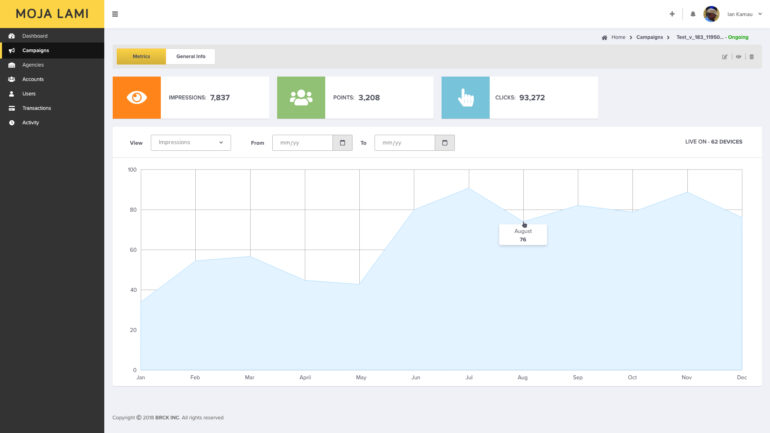
Marketing Campaigns
Clients will be able to manage their digital marketing on the Moja platform by creating their own campaigns. Lami will improve marketers’ decision making, deliver richer insights, increase efficiency, and offer self-service.

Campaign Summary
